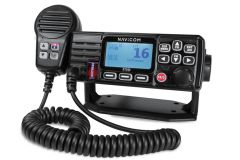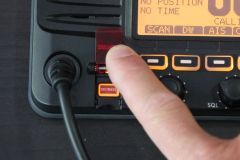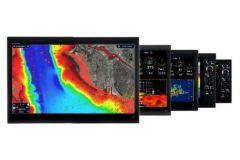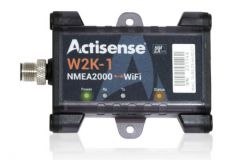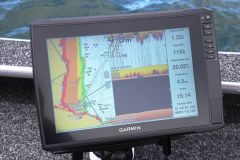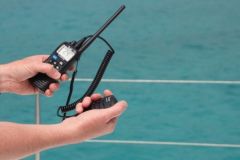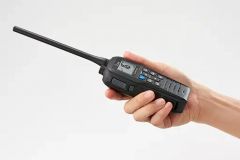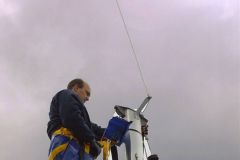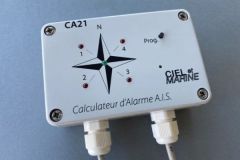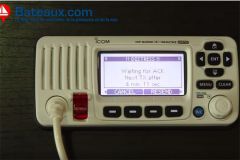The AIS (Automatic Identification System) allows to receive and transmit the position of ships. It is a safety system that uses GPS and VHF. The GPS gives the position of the boat and a dedicated channel of the VHF transmits it to all the surrounding stations.
AIS data provides 3 levels of information about the vessel:
- Dynamic data: position, speed, heading..
- Static data: the name of the boat, its MMSI number, its characteristics
- Trip data: cargo, destination, ETA..
2 AIS classes
There are 2 classes of AIS: AIS Class A which are mandatory on vessels over 300 tons and which transmit with a power of 12.5 W. The range of this type of device is generally 20 to 25 miles.
AIS Class B which are reserved for smaller boats (fishermen, pleasure boats...) and which transmit only with a power of 2 W. The transmission range is then 7 to 8 miles.
These ranges are theoretical and depend on the height of the antenna. Indeed, these are VHF frequencies which have an optical range hindered by the roundness of the earth or by an obstacle.
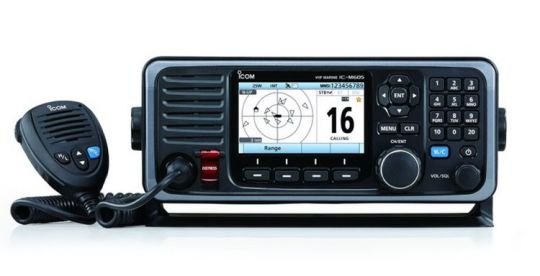
Receiver or transponder?
AIS is not mandatory on our pleasure boats. There are devices that just receive the signal, but not transmit information. These are called receivers. They are either autonomous or integrated in a VHF. This is the case of the Icom IC-M605 Euro VHF which displays AIS targets on its large screen and can also be connected to a computer.
The transponder offers greater safety by displaying its position on all AIS receivers within range. There are black box type transponders that must be connected to a screen to be able to operate it or AIS transponders with their own screen. This is the case of the Icom MA-510TR which displays targets on its screen, calculates approach points and triggers alarms. In addition, this product with its NMEA output can also send this information to another device.
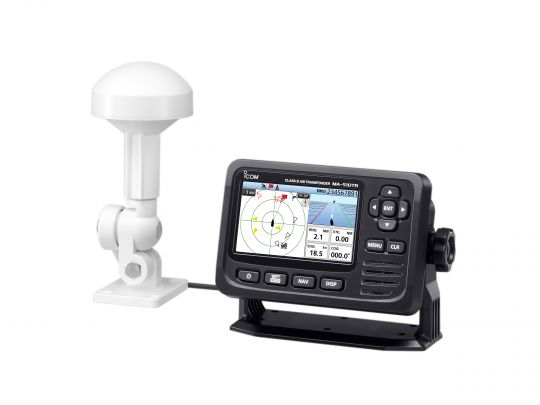
Should the same antenna be shared between VHF and AIS?
The quality of the antenna connections is also important: follow the guide!






